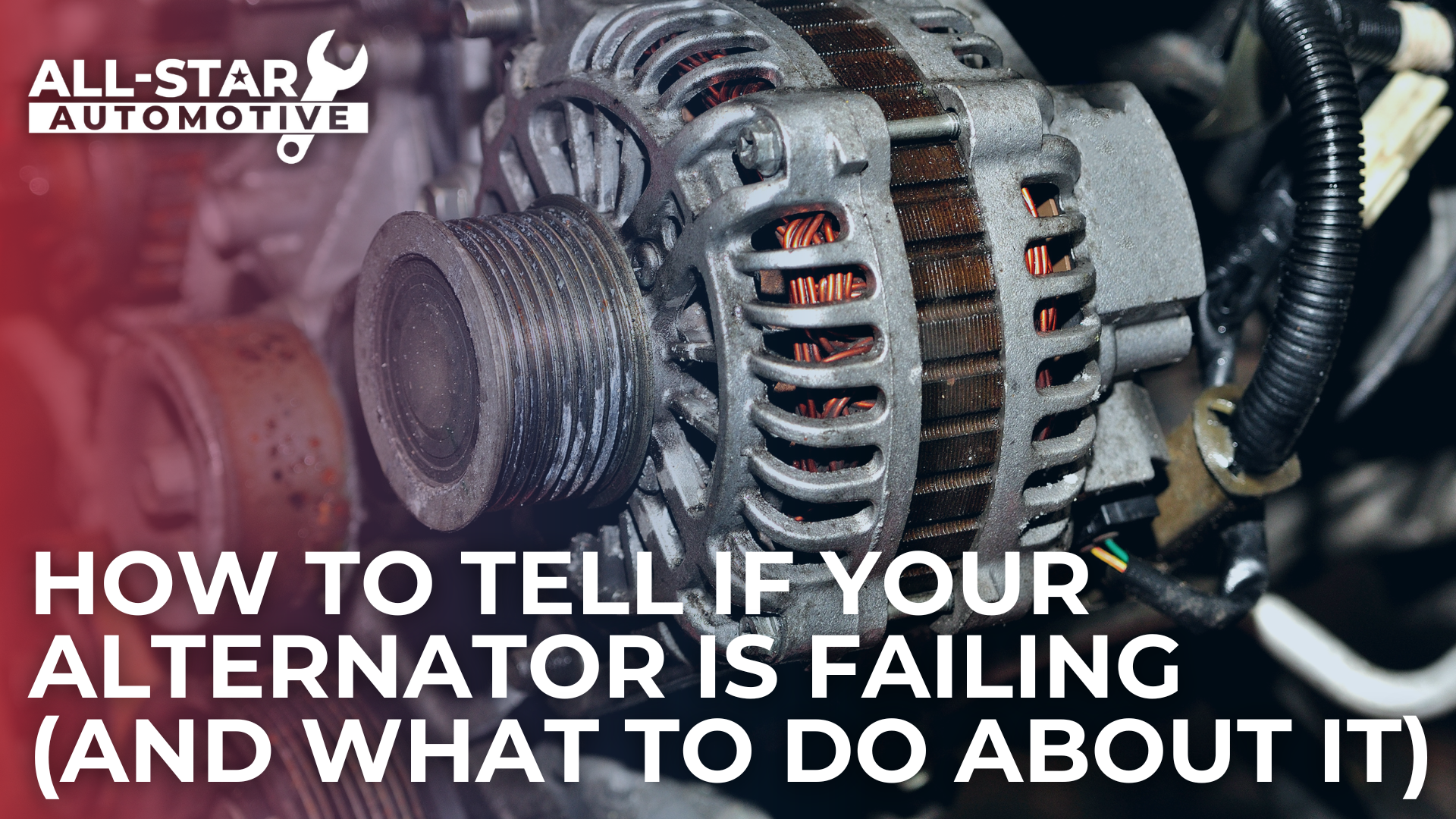Introduction To Water Pumps
Water pumps circulate coolant throughout the engine and radiator. They maintain optimal engine temperature by continuously moving coolant, which absorbs heat from the engine and transfers it to the radiator for dissipation. Understanding the function and significance of water pumps ensures proper engine performance and prevents overheating-related issues.
How Water Pumps Work
Water pumps are typically belt-driven or electrically powered and are mounted on the engine block or timing cover. As the engine operates, the water pump impeller rotates, drawing coolant from the engine and forcing it into the radiator. This continuous circulation of coolant regulates engine temperature by dissipating heat generated during combustion.
Importance of Water Pumps
Water pumps play a crucial role in vehicle cooling systems for several reasons:
Coolant Circulation: Water pumps ensure continuous circulation of coolant through the engine and radiator, allowing for efficient heat transfer and temperature regulation.
Heat Dissipation: Water pumps facilitate the transfer of heat from the engine to the surrounding air by circulating coolant through the radiator, preventing overheating and engine damage.
Engine Longevity: Proper coolant circulation provided by water pumps prolongs engine life by reducing thermal stresses and preventing hot spots within the engine.
Signs Of Water Pump Issues
Identifying signs of water pump problems can prevent cooling system-related issues:
Coolant Leaks: Visible coolant leaks from the water pump housing or weep hole may indicate a leaking water pump shaft seal or gasket that requires replacement.
Sudden or gradual loss of coolant without apparent leaks may indicate a failing water pump not circulating coolant properly.
Engine overheating, mainly during low-speed driving or idle conditions, can indicate water pump inefficiency or failure to circulate coolant adequately.
Water pumps circulate coolant and regulate engine temperature. Understanding their function and importance, as well as recognizing signs of potential issues, maintains proper engine performance and prevents overheating-related problems. Regular inspection, maintenance, and prompt replacement of faulty water pumps ensure the integrity and efficiency of the cooling system.










